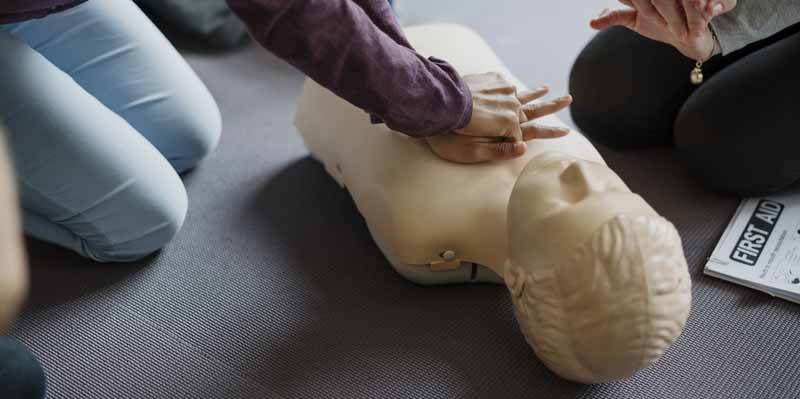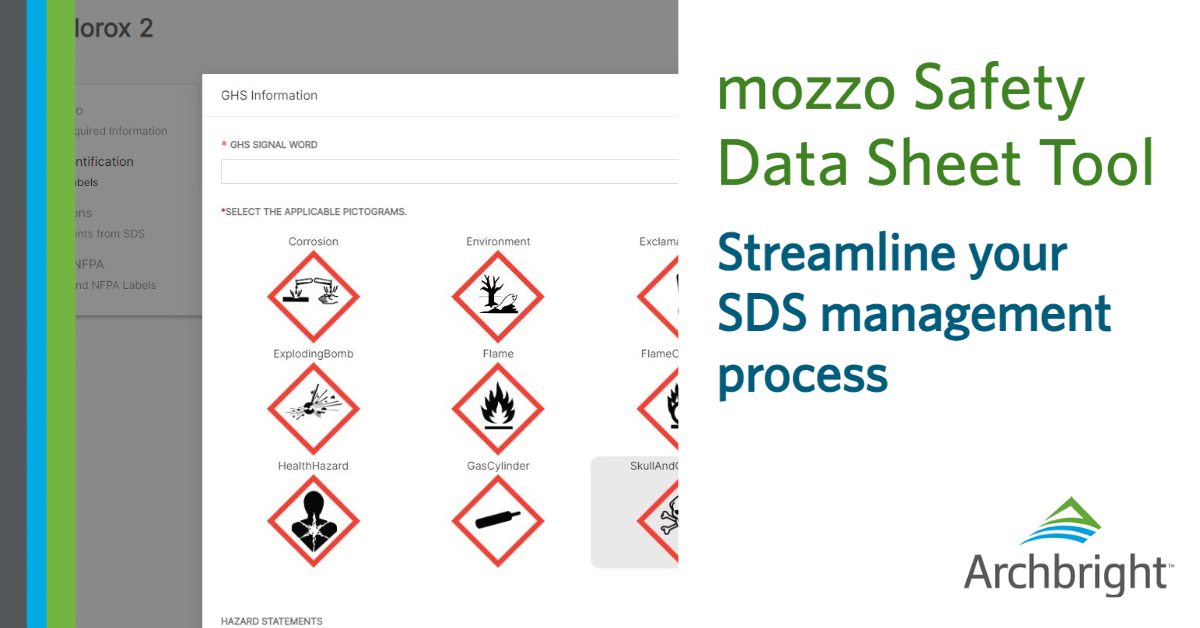Using OSHA 300 Metrics—Advantages and Pitfalls
Every employer wants to attract and retain the best workers. There are several ways to accomplish this, such as writing effective job descriptions,...

Because of the COVID-19 pandemic, workplace safety is more critical than ever. June is National Safety Month. Although the annual event may look different from previous years, employers are encouraged to evaluate workplace safety programs, identify any training that employees are behind on, and establish a plan to bring workers back to work in a safe manner compliant with COVID-19 safety precautions.
Businesses across the country are opening back up or resuming normal operations as Federal and State regulations allow. However, employers still need to be mindful of general workplace safety. Allowing employees to go back to work or resume normal work activities without reviewing safety practices and awareness could increase workplace injuries. Consider easing employees back into hazardous job duties and review any job hazard analysis before work is performed. In the case of physically demanding jobs, be mindful of workers who may have been away from the job for an extended period, and consider task-conditioning to help prevent overexertion injuries.
Many businesses have put required safety training for employees conducted by an outside trainer on hold, a practice allowed under temporary Washington directives. Postponing required training, such as First Aid certification, was intended to aid in COVID-19 prevention by deterring employers from gathering employees in a group setting. Washington’s Department of Safety & Health (DOSH), issued a directive in March 2020 stating that during the COVID-19 pandemic, DOSH would not cite training and certifications that expired as of February 28, 2020, or later. Add in employees working remotely, furloughed, or laid-off, and you have a large group of workers that have either not gone through safety training or are behind on training. Bringing workers back to the workplace and allowing them to work without physically conditioning for strenuous jobs or without reviewing workplace hazards could be extremely dangerous.
Although National Safety month is a good reminder for employers to evaluate their safety programs, safety should be considered 365 days a year. When evaluating your workplace’s safety programs focus on a few key elements starting with management’s involvement in safety. Business owners, managers, and supervisors must commit to making safety a core value. Management must be involved in eliminating hazards, providing the resources and training needed to keep workers safe, and continually work to keep all employees free from injuries.
Employee engagement in safety is a critical piece to an effective safety program as well. When workers are allowed and even encouraged to participate in a workplace safety program, they are more likely to communicate hazard concerns to management and maximize the training and tools that management provides. Safety is a partnership between employees and management. This partnership will build the foundation for a productive hazard identification program. Having a system in place to continuously find and fix hazards will reduce the potential for workplace accidents. Hazard identification occurs in various ways, including management and employees working together to establish procedures for incident investigations, hazard controls, training, and personal protective equipment (PPE) selection.
As employees return to work or as workloads shift, employers are encouraged to evaluate their safety programs and efforts to keep employees safe and prevent workplace accidents. Taking the time to review management’s involvement in safety, employee engagement, and hazard identification in addition to safety training will help eliminate injuries, reduce costs, and prevent the slowing of production that happens when someone gets hurt. Now is the time to make strategic decisions to get people back to work safely.
For additional guidance on workplace safety, eligible members can contact the Archbright Safety Hotline for more information.
Our new COVID-19 Digital Inspection & Safety Roadmap service provides the support you need to ensure your workplace complies with COVID-19 safety requirements. It includes a digital safety inspection survey designed to capture relevant safety information in your workplace, specifically related to COVID-19. From this, we outline potential program deficiencies, uncover workplace hazards, and identify opportunities to prevent the spread of the virus. We then create a detailed recommendations and findings report for your workplace that includes best practices and next steps.
For more information, contact your Account Executive or email us today.
Every employer wants to attract and retain the best workers. There are several ways to accomplish this, such as writing effective job descriptions,...

The Occupational Safety and Health Administration (OSHA) officially announces its top ten most frequently cited standards every April for the...

Is your organization one of the millions of workplaces in the U.S. that uses chemicals? Chemicals are found in numerous industries and used in a wide...